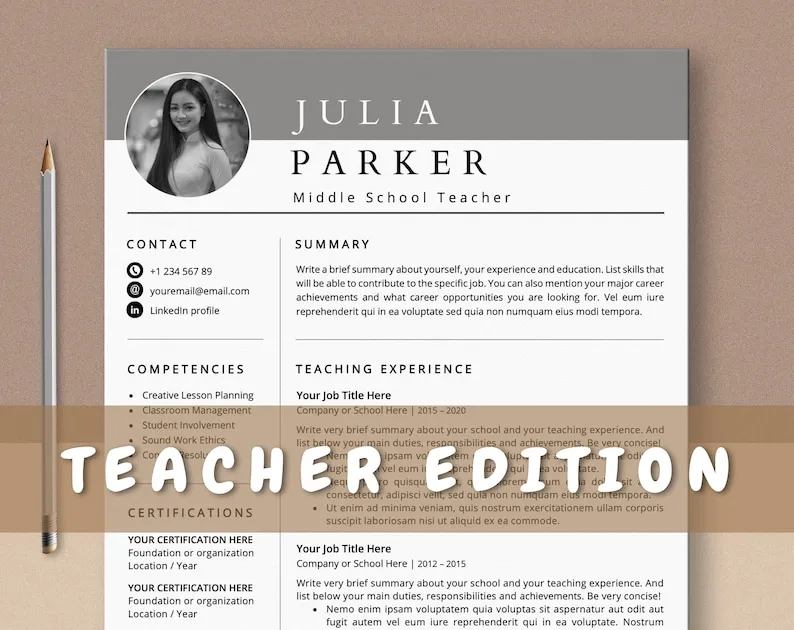Understanding the Teaching Cover Letter
A teaching cover letter is more than just a formality; it’s your opportunity to make a strong first impression and showcase your suitability for a teaching position. Unlike your resume, which provides a factual overview of your qualifications, your cover letter allows you to express your personality, passion for teaching, and unique approach to education. It should complement your resume by providing context and emphasizing the aspects of your experience and skills that align perfectly with the specific job requirements. A well-crafted cover letter is crucial in setting you apart from other applicants and demonstrating your genuine interest in the role.
The Purpose of a Teaching Cover Letter
The primary purpose of a teaching cover letter is to convince the hiring committee that you are the ideal candidate for the position. It’s your chance to articulate why you want the job, what you can bring to the school, and how your teaching philosophy aligns with their values. The cover letter provides an opportunity to elaborate on experiences that are not fully detailed in your resume. It also lets you demonstrate your communication skills, which are essential for effective teaching. The goal is to create a compelling narrative that draws the reader in and makes them eager to learn more about you during the interview process.
Key Components of a Compelling Cover Letter
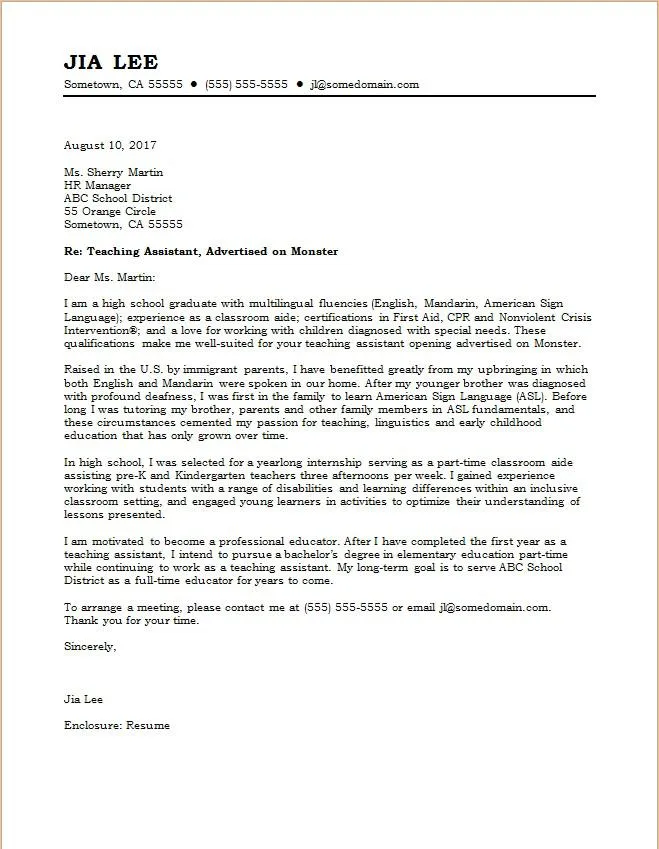
Header and Contact Information
Start with a professional header that includes your full name, contact information (phone number and email address), and the date. If the job posting specifies a contact person, address the letter to that individual; otherwise, you can use a general greeting like ‘Dear Hiring Committee.’ Ensure your contact information is accurate and up-to-date. This makes it easy for the school to reach you. A clear and well-formatted header sets a professional tone from the start, signaling your attention to detail, which is a critical skill for any educator.
Greeting and Introduction
Your greeting should be formal and personalized, if possible. Begin with a strong introduction that clearly states the position you are applying for and where you saw the job posting. Immediately grab the reader’s attention by highlighting a key achievement, a relevant skill, or your passion for teaching. Briefly mention why you are interested in this specific school or district. The introduction should immediately convey your enthusiasm and the unique value you bring to the table. Keep it concise and focused on the job requirements.
Body Paragraphs
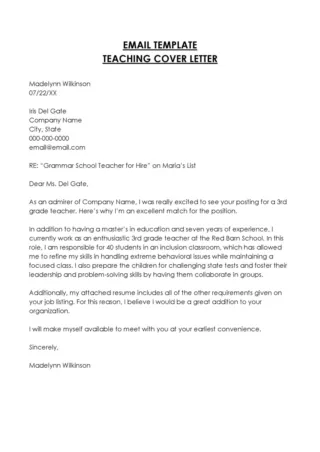
The body paragraphs are the heart of your cover letter. Use these to showcase your skills, experience, and teaching philosophy. Provide specific examples of how you have successfully implemented effective teaching strategies, managed a classroom, and improved student outcomes. Quantify your achievements whenever possible (e.g., ‘increased student test scores by 15%’). Relate your experiences directly to the job requirements. Mention any relevant certifications, training, or special skills. Avoid generic statements; instead, offer concrete evidence of your capabilities. Show, don’t just tell, the reader what you can do.
Highlighting Skills and Experience
When describing your skills and experience, focus on those most relevant to the position. Refer back to the job description and tailor your letter to match their needs. Highlight your experience with specific curricula, teaching methodologies, and technologies. If you have experience working with diverse student populations or students with special needs, be sure to mention it. Show that you possess both hard skills (e.g., lesson planning, assessment) and soft skills (e.g., communication, teamwork, adaptability). Use action verbs to describe your accomplishments and provide concrete examples of your successes in the classroom.
Tailoring Your Cover Letter
Never send a generic cover letter. Always tailor your letter to the specific school and position. Research the school’s mission, values, and programs. In your cover letter, explain why you are particularly drawn to this school and how your skills align with their specific needs. Customize your language to reflect the tone and style of the school. Demonstrate that you have taken the time to understand the school’s culture and that you are genuinely interested in joining their community. This level of personalization significantly increases your chances of getting an interview.
How to Address Specific Teaching Roles
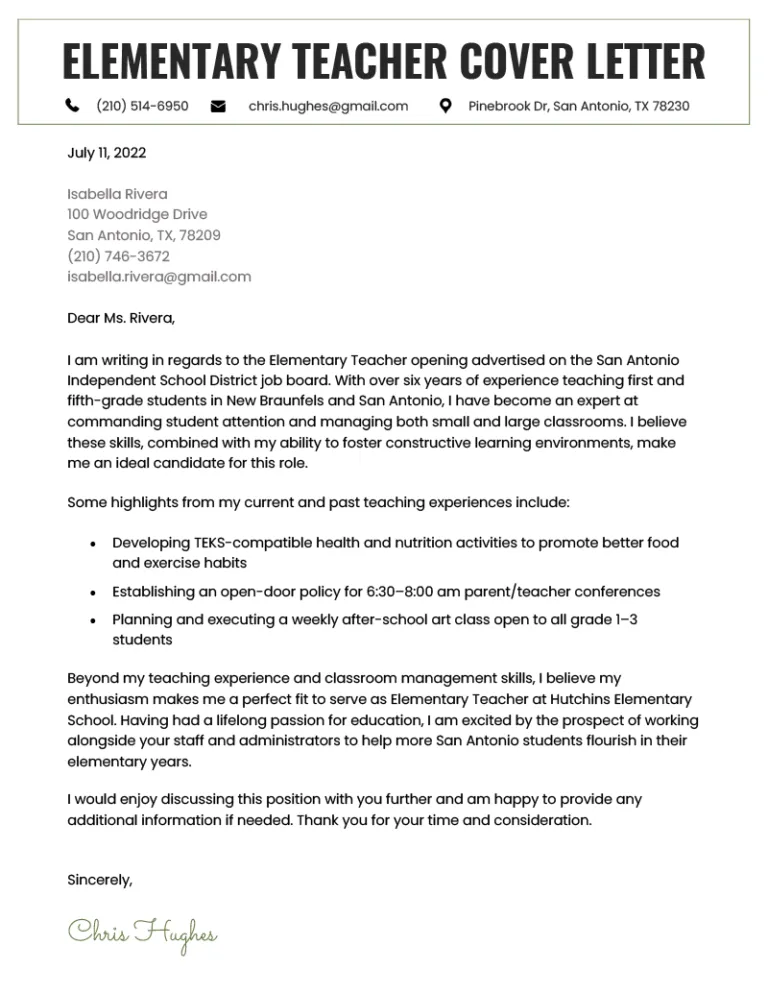
Whether you’re applying for an elementary, middle school, or high school position, your cover letter should be adapted accordingly. Highlight experience most relevant to the age group. For example, if applying for an elementary role, emphasize your experience with early childhood education, classroom management, and creating a positive learning environment for young children. For a middle school position, focus on your ability to connect with adolescents, manage complex student dynamics, and teach diverse subjects. For a high school role, underscore your subject-matter expertise, your ability to engage older students, and your experience with advanced curricula and college preparation.
Cover Letter Formatting and Design
Formatting matters. Choose a clean, professional font like Times New Roman, Arial, or Calibri. Use a standard font size (11 or 12 points). Maintain consistent spacing and margins (1 inch on all sides). Break up large blocks of text with paragraphs and bullet points to make the letter easier to read. Use bolding or italics sparingly to highlight key points. Make sure the layout is visually appealing and professional. An organized and well-formatted cover letter reflects your attention to detail and your commitment to professionalism.
Ensuring Readability
The most well-written cover letter is useless if it’s difficult to read. Keep your sentences and paragraphs concise. Use clear and straightforward language, avoiding jargon or overly complex sentence structures. Break up long paragraphs into shorter ones to improve readability. Use bullet points to highlight key skills or achievements. Ensure the letter flows logically, with each paragraph connecting to the next. A well-structured and easy-to-read cover letter ensures your message is effectively communicated and makes a positive impression on the reader.
Proofreading and Editing
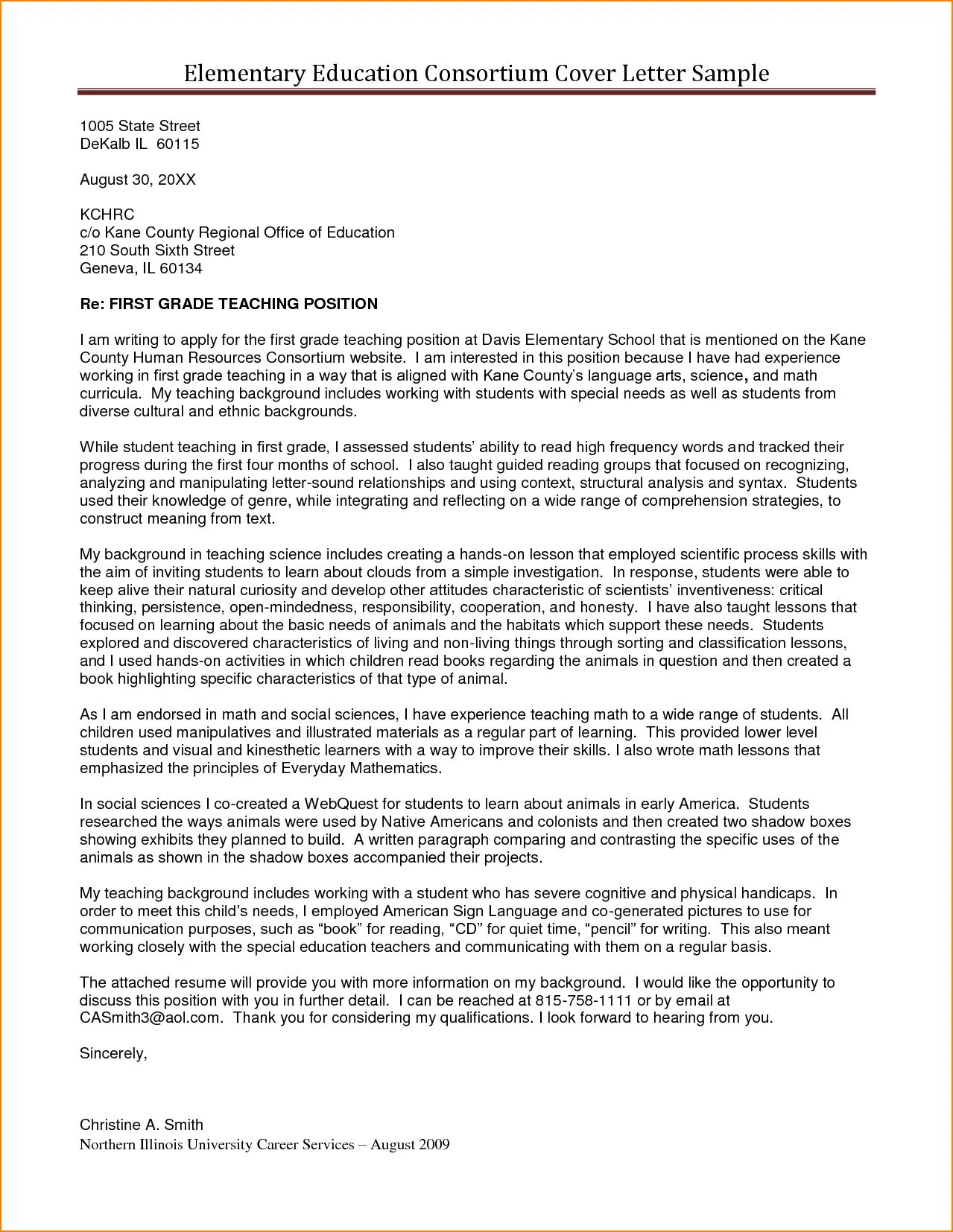
Proofreading is critical. Before submitting your cover letter, carefully proofread it for any grammatical errors, spelling mistakes, or typos. Use a spell-checker, but also read the letter carefully yourself, as spell-checkers don’t always catch every mistake. Ask a friend, colleague, or mentor to review your cover letter for any errors. Ensure that the formatting is consistent throughout and that all of your contact information is correct. A polished and error-free cover letter demonstrates your professionalism and attention to detail, which are crucial qualities for a teacher.
Call to Action and Closing
Expressing Enthusiasm
Conclude your cover letter with a clear call to action. Express your enthusiasm for the position and reiterate your interest in the school. State that you are eager to discuss your qualifications further in an interview. Reiterate why you believe you are a good fit for this role. The goal is to leave the reader with a strong, positive impression and make them want to contact you. End with a strong, confident statement that reinforces your suitability for the role.
Thanking the Reader
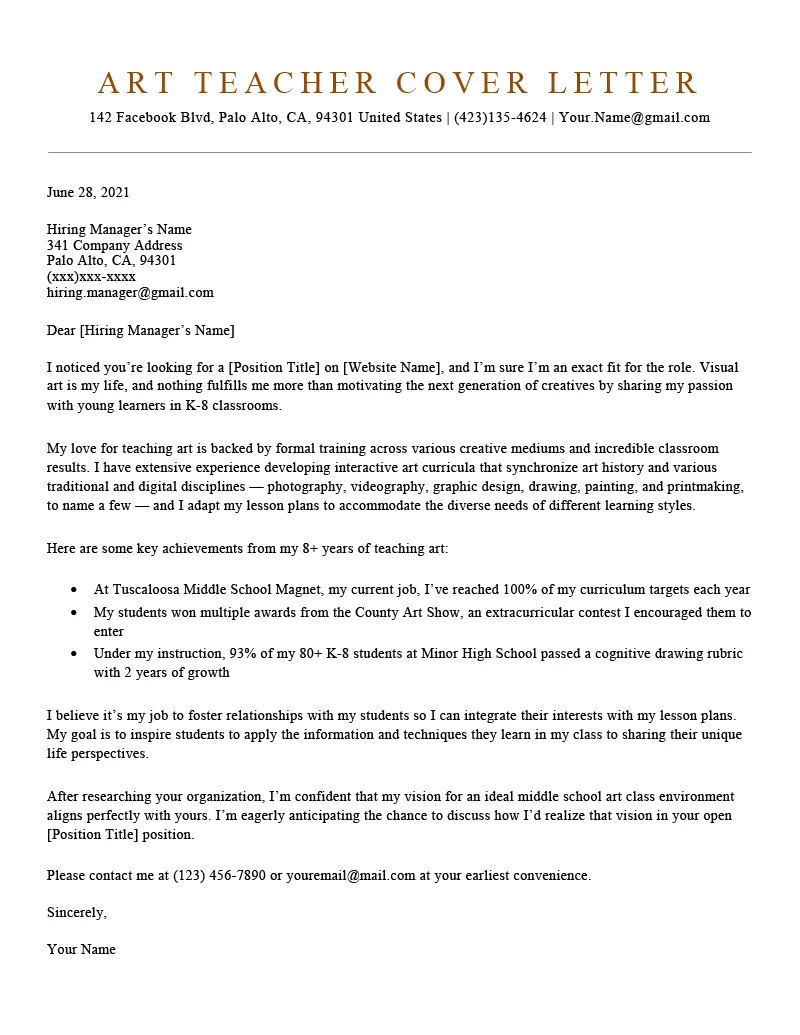
Always end your cover letter with a professional closing, such as ‘Sincerely,’ or ‘Best regards,’ followed by your full name. Thank the hiring committee for their time and consideration. This simple act of gratitude shows respect and professionalism. A gracious closing leaves a lasting positive impression and reinforces your commitment to the teaching position.
